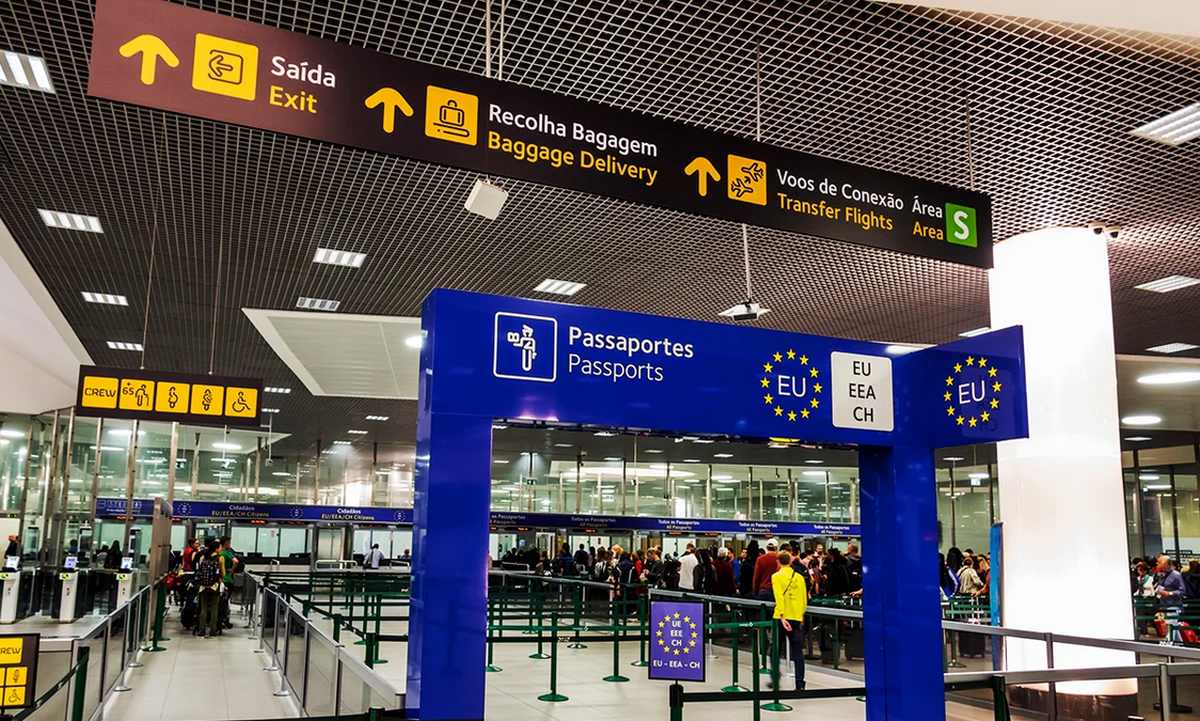After two years of fluctuations in entry rules and border restrictions related to COVID, travelers from some countries planning to visit Europe will face new demands next year – albeit not related to the pandemic.
By next spring, the European Travel Information and Authorization System (ETIAS) will introduce mandatory registration for foreign tourists and start charging 7 euros (about $ 7.40) from foreign travelers for visiting most European countries.
Although this fee is called the “visitor tax”, it is actually an application fee for travelers applying for an ETIAS permit, which is required to enter any of the 26 EU countries and the Schengen area for up to 90 days. The stated purpose of mandatory registration, pre-screening and appropriate fees is to help strengthen the security of the region’s borders.
The ETIAS system only applies to travelers entering from one of the 62 foreign countries that currently have visa-free access to EU Member States and the Schengen area, including the United States. Those who need to obtain a visa to visit the country do not need to worry about applying through ETIAS.
This system is similar to the US Department of Homeland’s automated system Electronica System for Travel Authorization (ESTA), which determines the right of non-citizens traveling under the Visa Waiver Program (VWP) to enter the United States.
Similarly, ETIAS will use the technology to register, pre-screen and monitor foreign visitors, and the software will compare their profiles with government lists and databases before granting entry. This is to add another level of protection against threats such as crime, terrorism and “illegal migration”. Visitor information collected in the process will also be used to track business and tourism data.
According to The Points Guy, Jean-Claude Juncker, who was president of the European Commission when ETIAS was first announced in 2016, said: “We need to know who is crossing our borders. So we will know who is going to Europe before how they get here. ”
Although this new pre-authorization system for travelers has been in development for several years after some delays, ETIAS plans to be fully operational by May 2024.
Visa-free travelers will need to register their information and answer a few questions through the ETIAS online portal, and then wait for permission to leave for their destination. For most applicants, obtaining a permit will take no more than a few minutes. However, if the applicant’s registration is indicated, it will have to be reviewed manually. There is also an appeal procedure if the application is rejected.
Once the system is up and running, airlines and other transport service providers will be required to check the ETIAS permit status of passengers before boarding the aircraft. Visa-free visitors wishing to enter at land borders will also have access to an electronic kiosk where they can fill in their application.
Earlier, the DIP reported that the European Union could digitize the Schengen visa process.

